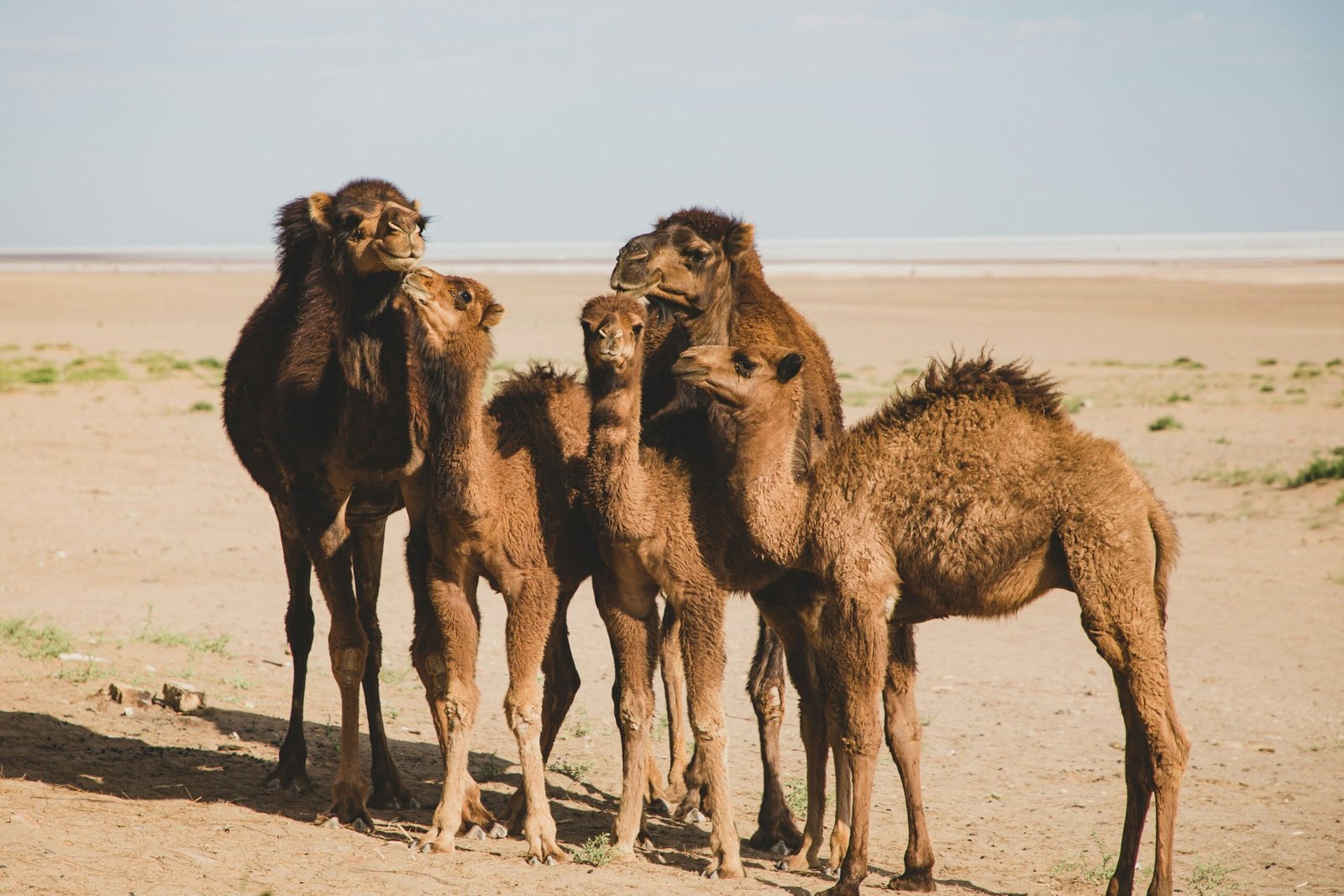Introduction
Camels have long been known as the ships of the desert due to their ability to endure and survive in harsh conditions. However, it is important to recognize that camels can also be aggressive and pose a threat to humans. In this article, we will delve into the nature of camels, instances of camel attacks, the associated risks, prevention measures, and how to handle an attack.
The Nature of Camels
Camels are fascinating creatures native to the arid desert regions of the Middle East and Africa. They possess unique physiological adaptations, including humps and long legs, that enable them to thrive in extreme desert environments. Despite their calm demeanor, camels can become aggressive and dangerous. Various factors can trigger such behavior, including territorial disputes, fear, and aggression during mating season.
Camels’ territorial nature means they may perceive intrusions into their personal space as a threat, potentially leading to aggressive behavior. Additionally, camels can become more aggressive during the mating season, or rut, as they view humans as rivals for potential mates. It is crucial to understand these triggers to ensure safety when interacting with camels.
Instances of Camel Attacks
There have been numerous reported incidents of camels attacking humans, ranging from minor injuries to fatal encounters. These incidents serve as a stark reminder of the potential dangers associated with camels and emphasize the importance of understanding and respecting their nature.
For example, in 2015, an American farmer tragically lost his life when attacked by his own camel during feeding time. Similarly, in 2014, an Australian woman suffered fatal injuries after being attacked by a wild camel. These incidents highlight the need for caution and awareness when engaging with camels.
Are camels aggressive?
Camels are generally not aggressive animals, but they can exhibit aggression in certain situations. Their demeanor often depends on factors such as their upbringing, training, and the environment they’re in. Camels may become aggressive if they feel threatened, provoked, or if they perceive a challenge to their dominance. During mating season, male camels (bulls) may also display aggression towards each other to compete for mates. Additionally, camels can become agitated if they are mistreated or mishandled by humans. However, with proper care and handling, camels can be gentle and cooperative animals.
Understanding the Risks
Camel aggression towards humans is often rooted in the animal’s instinctual behavior. Various factors can increase the risk of an attack. Invading a camel’s personal space, making sudden movements, or behaving in a way that the camel perceives as a threat can trigger aggression. Male camels, in particular, can display heightened aggression during the mating season, perceiving humans as rivals.
It is essential to recognize and understand these risks to ensure personal safety when in the presence of camels. By being aware of potential triggers, individuals can take appropriate precautions to mitigate the risk of an attack. Additionally, understanding the dietary habits of camels, such as “What do camels eat and drink in the desert?,” can contribute to a better understanding of their behavior and facilitate safer interactions.
Prevention Measures
To prevent camel attacks, it is crucial to follow specific safety measures. By maintaining a safe distance from camels, especially when they exhibit signs of discomfort or agitation, individuals can minimize the likelihood of an attack. It is important to recognize warning signs that indicate a camel may become aggressive, such as frothing at the mouth, a high tail, or deep, rumbling noises.
Respecting the camel’s personal space and behavior is paramount. Just like humans, camels appreciate their personal space, and invading it can provoke an aggressive response. By understanding and honoring their boundaries, the risk of an attack can be significantly reduced.
Furthermore, it is vital to adhere to safety guidelines when interacting with camels, particularly in professional contexts. Whether at a zoo, farm, or encountering camels in the wild, following established protocols ensures a safe and positive interaction for both humans and camels.
a. Maintaining a safe distance from camels
Keeping a safe distance from camels is a fundamental rule of thumb. This is especially crucial when camels are with their young, as they can exhibit protective and aggressive behavior. By respecting their space, individuals can avoid unnecessary confrontations.
b. Recognizing warning signs of aggression
Camels exhibit specific signs that indicate their potential for aggression. These signs include frothing at the mouth, a raised tail, or deep, rumbling noises. Recognizing these warning signs can help individuals assess the camel’s state of mind and take appropriate action to prevent an attack.
c. Respecting the camel’s personal space and behavior
Respecting the personal space of camels is essential for preventing aggressive behavior. Invading this space can trigger a defensive response from the camel, potentially leading to an attack. Individuals should maintain a respectful distance and avoid any actions that may be perceived as threatening.
d. Following safety guidelines when interacting with camels
Interacting with camels requires adherence to safety guidelines, regardless of the setting. Whether it is a zoo, a farm, or an encounter in the wild, individuals must familiarize themselves with the established safety protocols. This ensures a mutually beneficial and safe experience for both humans and camels.
Dealing with an Attack
In the unfortunate event of a camel attack, it is crucial to remain calm and avoid sudden movements. It is important not to turn your back on the animal, as this may further provoke aggression. Instead, try to move away slowly and maintain eye contact with the camel, demonstrating a non-threatening posture.
Once a safe distance is reached, seek immediate medical attention, even if the injuries appear minor. Camels can transmit diseases, and prompt medical care is essential. Reporting the incident is also vital, as it aids authorities in effectively managing potentially dangerous animals.
Conclusion
Understanding the risks associated with camels and implementing preventative measures can significantly reduce the likelihood of an attack. While camels are typically peaceful creatures, they can become dangerous when provoked or threatened. By staying informed, respecting their nature, and taking appropriate precautions, individuals can ensure safe interactions with these remarkable desert dwellers.
FAQ
- What can trigger camels to become aggressive?
- Camels can become aggressive due to territorial disputes, fear, and aggression during mating season. They may perceive intrusions into their personal space as a threat, leading to aggressive behavior.
- What are the risks associated with camel attacks?
- Camel aggression towards humans is rooted in their instinctual behavior. Invading a camel’s personal space, making sudden movements, or behaving in a way that the camel perceives as a threat can trigger aggression. Male camels, especially during mating season, can display heightened aggression towards humans.
- How can I prevent camel attacks?
- To prevent camel attacks, it is important to maintain a safe distance from camels, especially when they exhibit signs of discomfort or agitation. Recognize warning signs of aggression, such as frothing at the mouth, a raised tail, or deep, rumbling noises. Respect the camel’s personal space and behavior, and follow safety guidelines when interacting with camels in any context.
- What should I do if I am attacked by a camel?
- In the event of a camel attack, it is crucial to remain calm, avoid sudden movements, and maintain eye contact with the camel. Try to move away slowly and seek immediate medical attention, even for minor injuries, as camels can transmit diseases. It is also important to report the incident to authorities for proper management of potentially dangerous animals.











